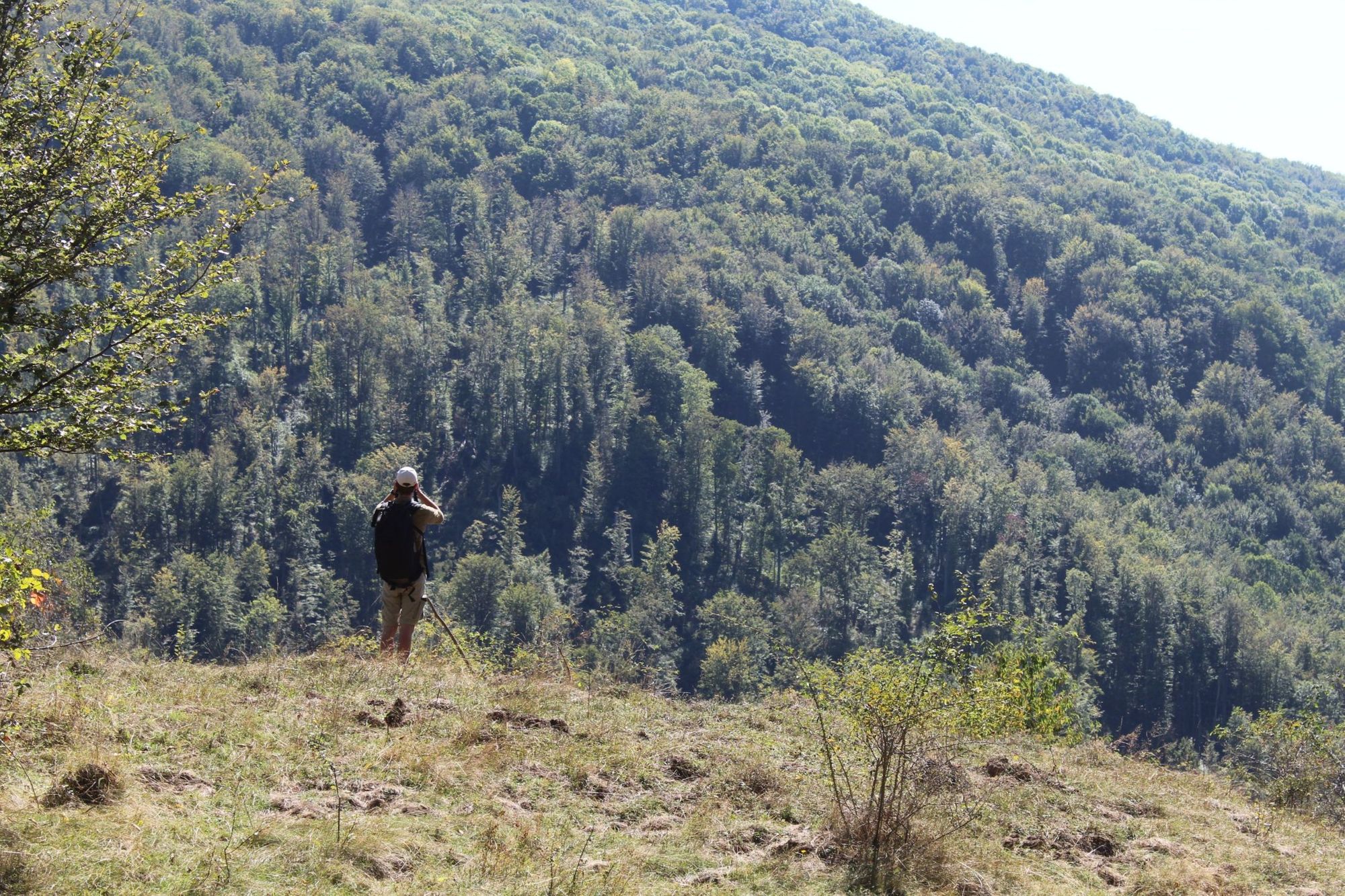The scent of mint rises through the air as we hike along a dry and dusty trail, past apple trees and bear tracks - and into the southern Carpathian mountains. There’s far-reaching views of densely-forested, layering hills ahead of us, sloping back down to Lake Poiana Rusca on our right.
We’ve only been walking for a few minutes before our guide Georg brings us to an abrupt halt. There’s a rare ural owl nonchalantly perched on the branch of an ash tree just ahead. Its tiny, bright-orange beak and dark eyes punctuate a grey coat of feathers. “It's rare to get a sighting like this,” says Georg excitedly, before going on to recall a time when another ural owl swooped at some German hikers in the area. Thankfully, this particular bird seems quite content in its tree.
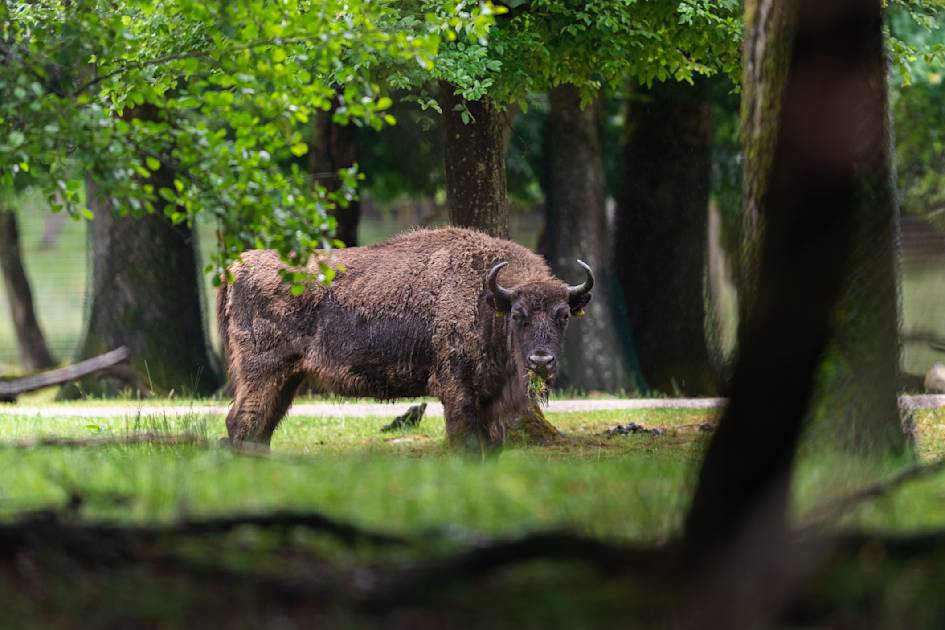
It doesn’t take long to establish that the southern Carpathians mountains are alive with life. We spot red deer, buzzards, nuthatches and finches within our first 20 minutes of walking - not to mention the bear and boar droppings that Georg picks up on. This is a place where wolves still live alongside golden jackals, lynx and wildcats. We received our orders at the start of the walk: silence is imperative if you hope to encounter animals in the wild, and our stealth soon earns us a just reward, when Georg turns around and mouths ‘bison’.
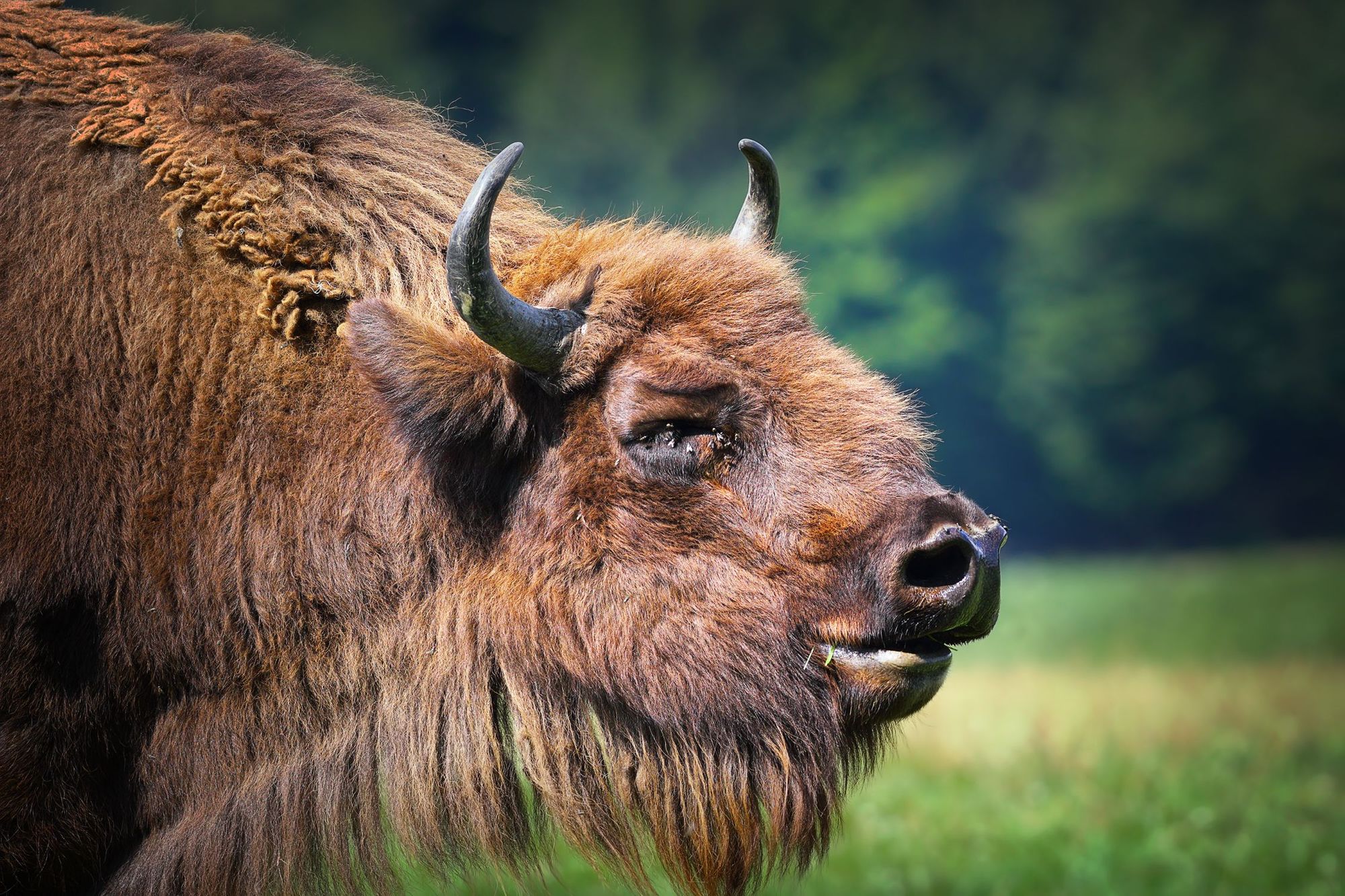
European bison were reintroduced to the hills around the rural commune of Armeniș in 2014. The project is run by WWF and Rewilding Europe (with funding from the EU Life Programme), and brought the animals back to Romania after an absence of almost 200 years. The species had been driven to the brink of extinction after the last European bison in the wild was killed in 1927. But the animals have since become a rare conservation success story, with over 7,000 European bison now alive around the world, all of which are descended from just 54 animals which remained alive in captivity at the end of the 1920s.
The project in Armeniș began with just 17 bison, but further reintroductions and breeding mean there are now over 140 living in the area. They feast on the luscious plums and grasses - and they brought employment opportunities too.
“I got involved in 2014 when WWF came to the area,” says Matei Miculescu, an Armeniș local who is now a bison ranger - and one of Europe’s leading experts on the animals. “It started when bison were placed on the red list of endangered species. That meant there was funding for conservation projects.
"The bison being kept in reserves were breeding amongst themselves, meaning there were some genetic problems and the population was getting weaker. It was really important to give them the chance to live freely again around Europe."
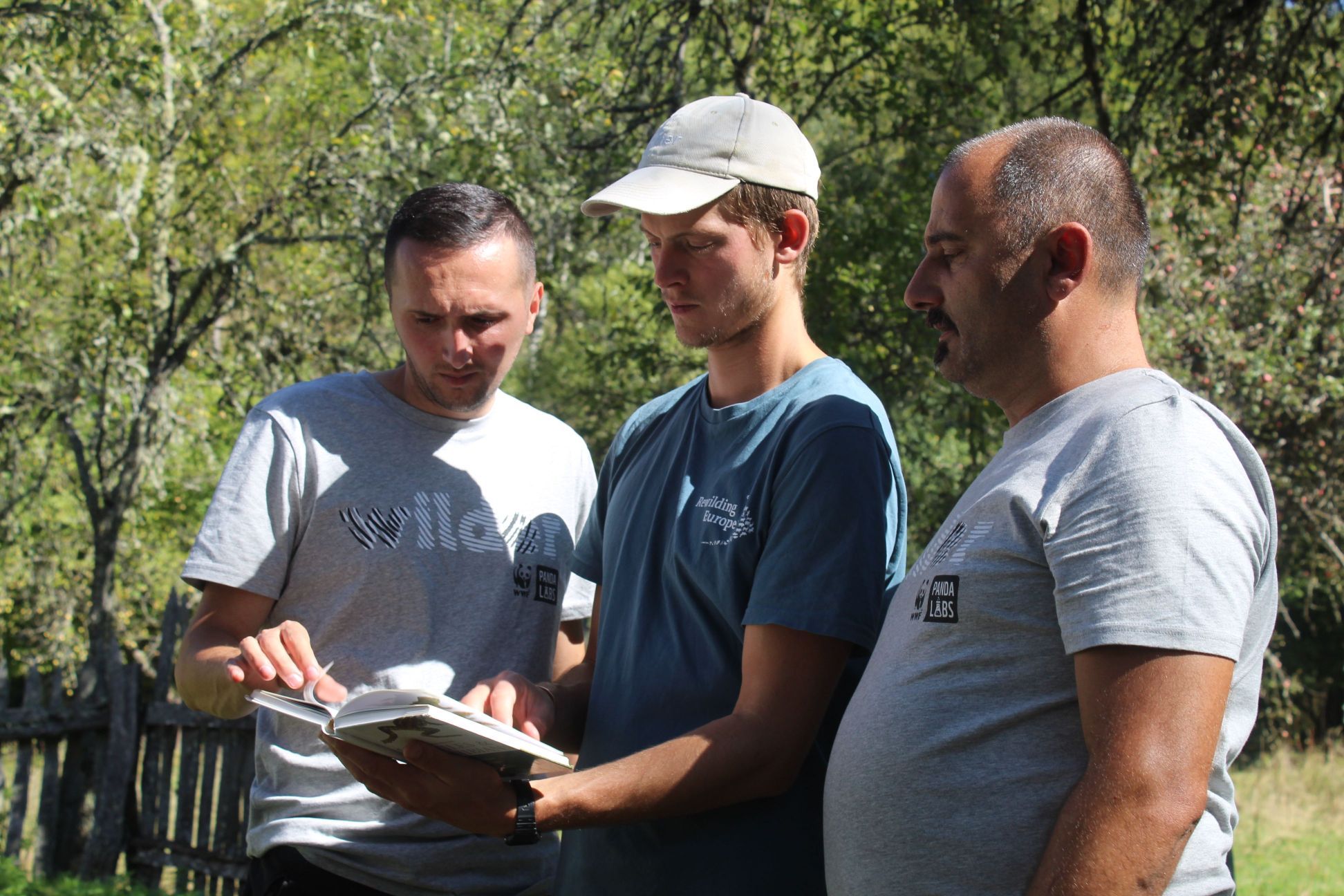
Armeniș was selected for the project because the mayor at the time, Petru Vela, welcomed them into the area, and because of the space available in the Carpathians. Matei continues: “Romania is one of the only places where you can still do this kind of project with bison, because you need a large area.”
The bison redesign the landscape. We call them ‘landscape architects’.
Conservationists are particularly keen to reintroduce bison because they’re keystone species; animals which have a disproportionately large (and positive) impact on their environment. Bison create mosaic habitats - areas which support a wide range of life. Their movement opens up undergrowth and the large amount of ground they cover means they distribute seeds far and wide. They also graze on fast-growing tree types, allowing other species the room to grow.
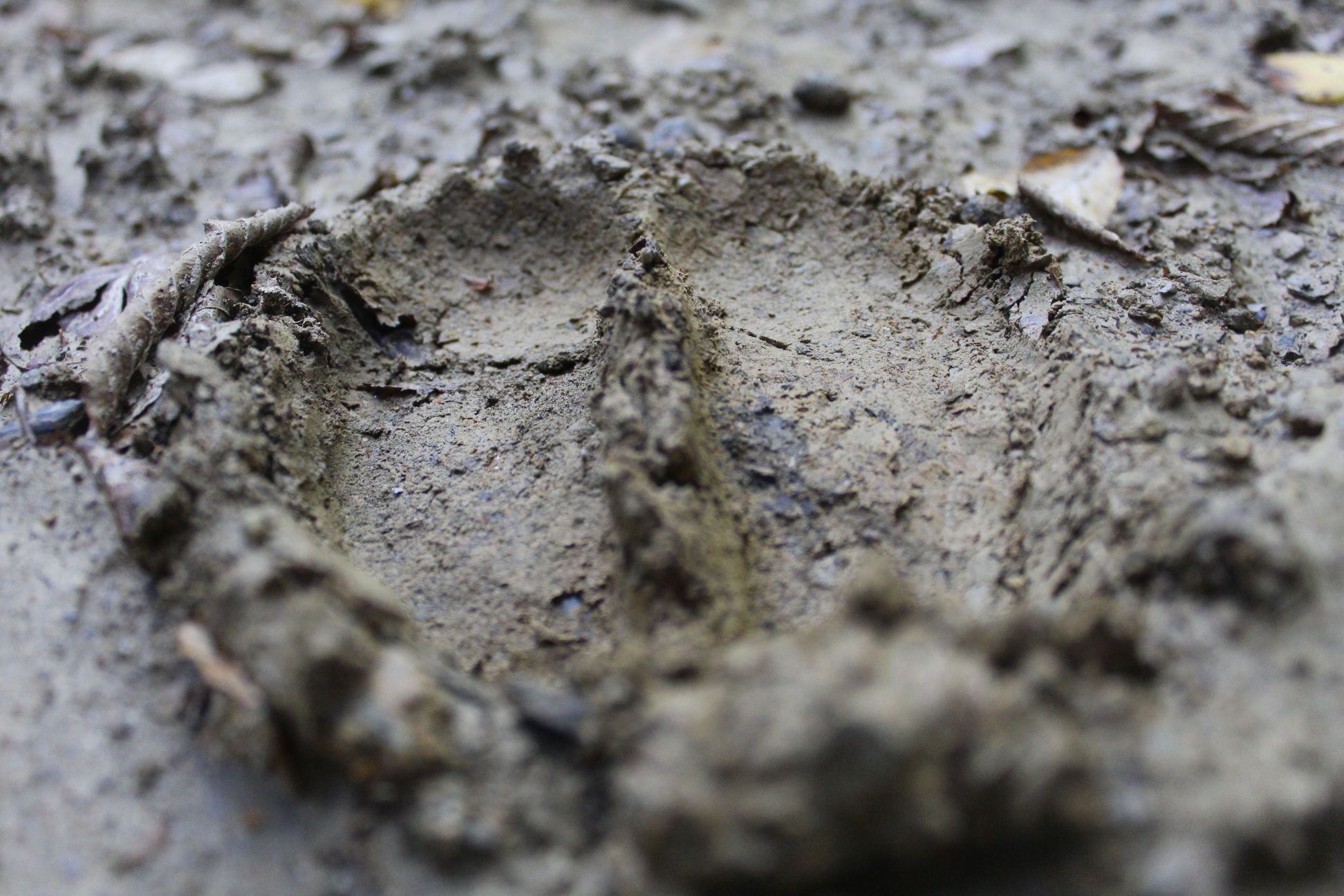
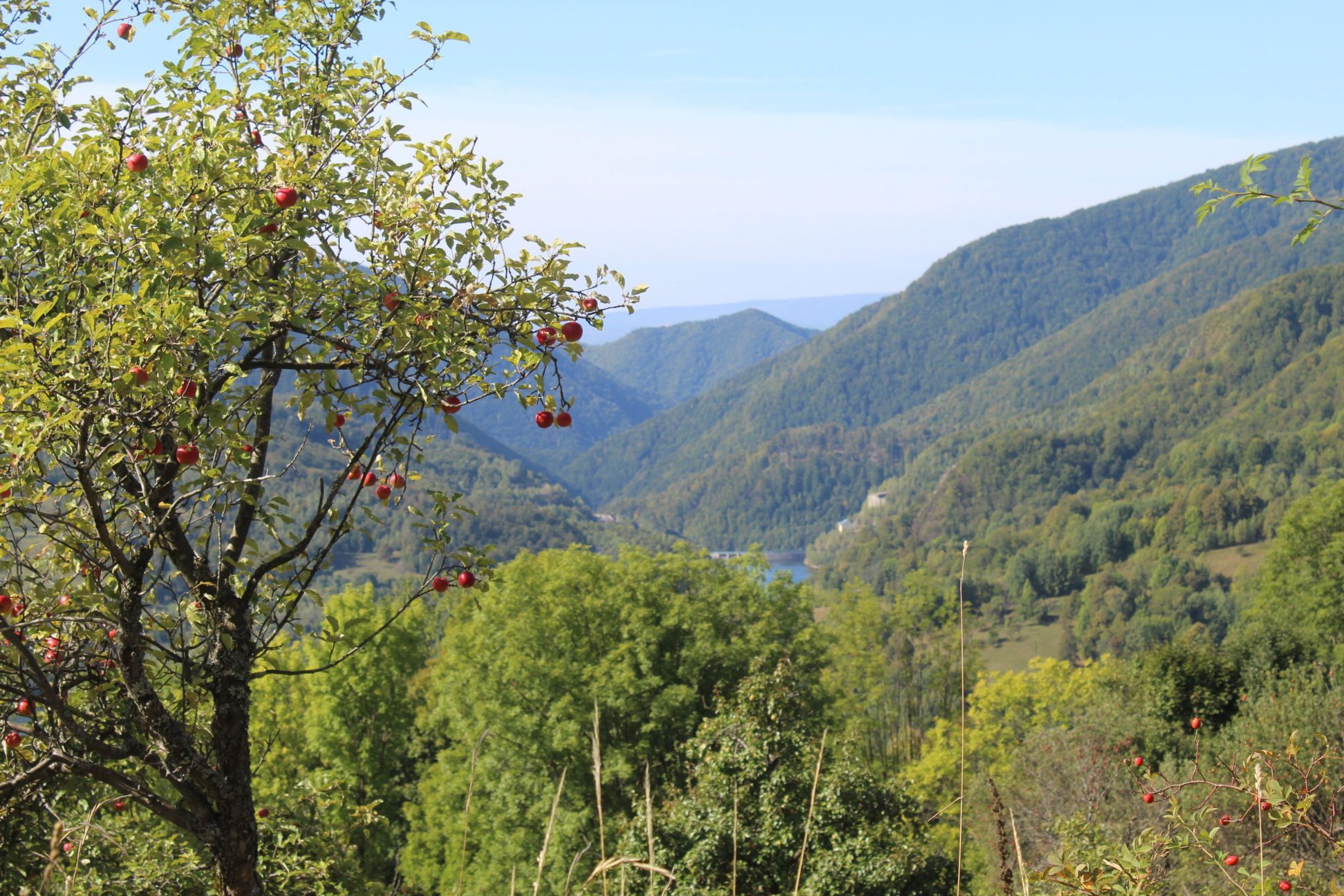
“Being such a big mammal, they do have a really big impact on the environment,” says Matei. “Perhaps the biggest one is that they keep the meadows open. These open spaces are very important for smaller herbivores, for red deer, roe deer, even for wild boars and bears, because then they can find forest fruits. The bison redesign the landscape. We call them ‘landscape architects’.”
There were also unexpected benefits of the bison. Local birds began using the fur of bison for insulation, for example, and the bison's water-filled footprints have become superhighways for frogs. “There are some books on bison, but not many,” says Matei. “So we didn’t have that much information and we didn’t fully know what to expect. It’s interesting each year to see what the bison are doing and the impact that their presence has. It’s all these small things you see.”
It’s not just the biodiversity that benefits from their presence, either. The animals (and the mountains around them) provide excellent opportunities for tourism.
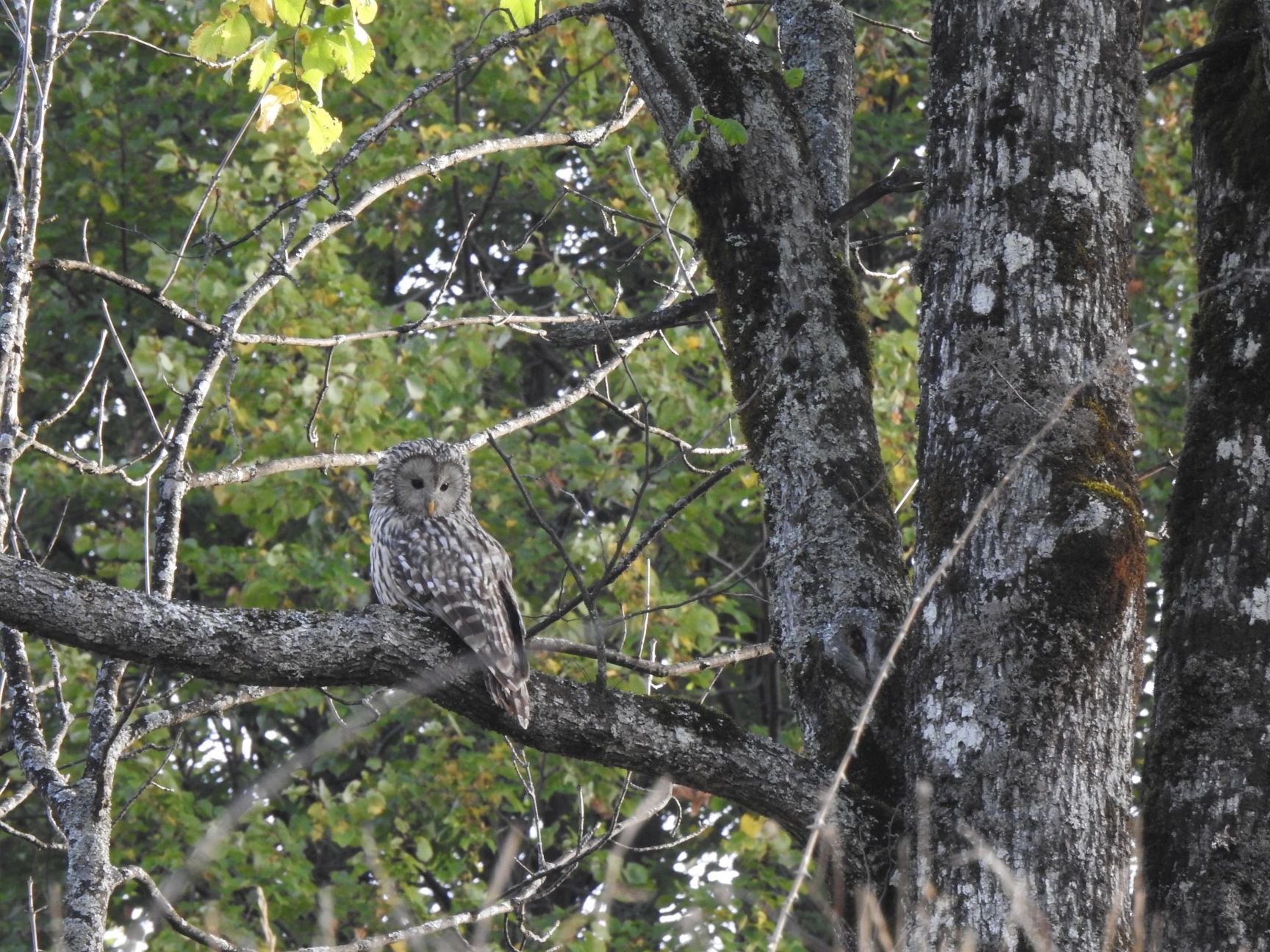
We’re out here on a hiking and animal-tracking adventure, and it’s at the top of a little clearing, not far past our friend the Ural owl, that our expert-tracker Georg has spotted the bison. We try to keep quiet in our excitement as we watch them graze through binoculars. They’re huge animals, weighing up to 1000kg. When they do clock our presence and stampede away, the ground beneath us shakes.
In the long term, the locals will be the ones that have to take care of the bison and their habitat, so local pride in the bison is very important. The idea was always to develop the project within the community, and to invest in locals.
Before the bison, tourism was non-existent in Armeniș. Now, locals can make additional income driving, cooking or hosting guests. As well as a lush river camp, we spend the night at a cosy cabin overlooking a lake, at a purpose-built 'Tiny House' on an orchard, and at a converted farmhouse in old Armeniș.
“In summer, it’s almost fully booked,” Matei says of the farmhouse. “That’s a good income. We started from scratch with tourism. There wasn’t one accommodation spot before.” A social enterprise arm of WWF, WeWilder, has been set up locally to ensure that any infrastructure being built for ecotourism is being built sustainably. Oana Mondoc, the WeWilder “co-ordinator and glue” tells me there’s an emphasis on “no-impact architecture”. They've got a clean slate here.
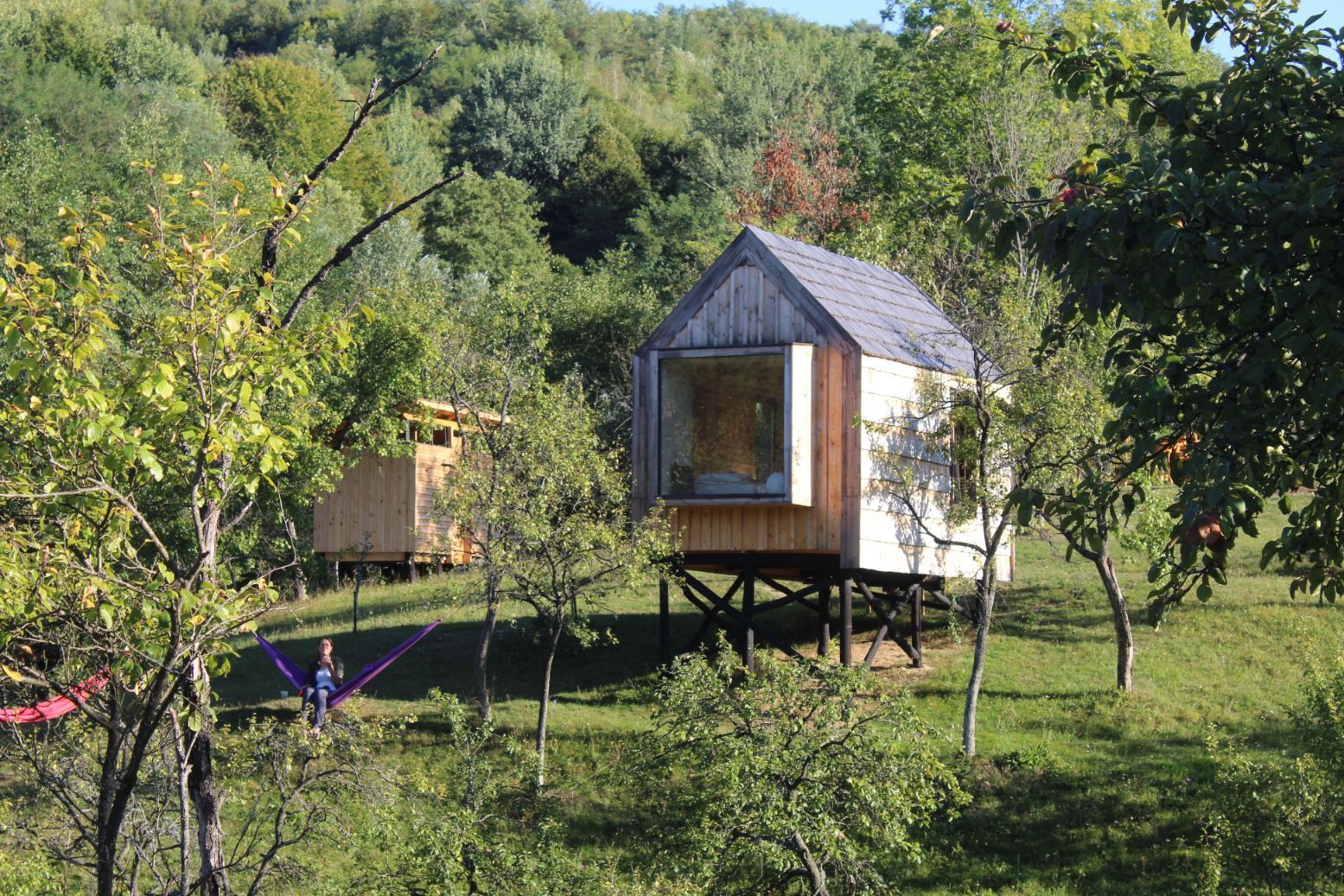
WeWilder also works closely with the local community to ensure any grievances are heard - and locals are compensated if a bison eats some crops or haystacks.
“When the bison first come here, they’re not wild, and they can need a couple of years to become wild," says Matei. "They’re not afraid of humans, so they can go down onto private properties and damage an orchard or eat their hay.”
These occurrences are rare, though, and overall the locals are pleased to see the bison return - and the travellers coming from around the world to see them.
Matei continues: “In the long term, the locals will be the ones that have to take care of the bison and their habitat, so that local pride in the bison is very important. The idea was always to develop the project within the community, and to invest in locals. It was important for them to accept the bison roaming free around their land, but they have to benefit from the bison too.”
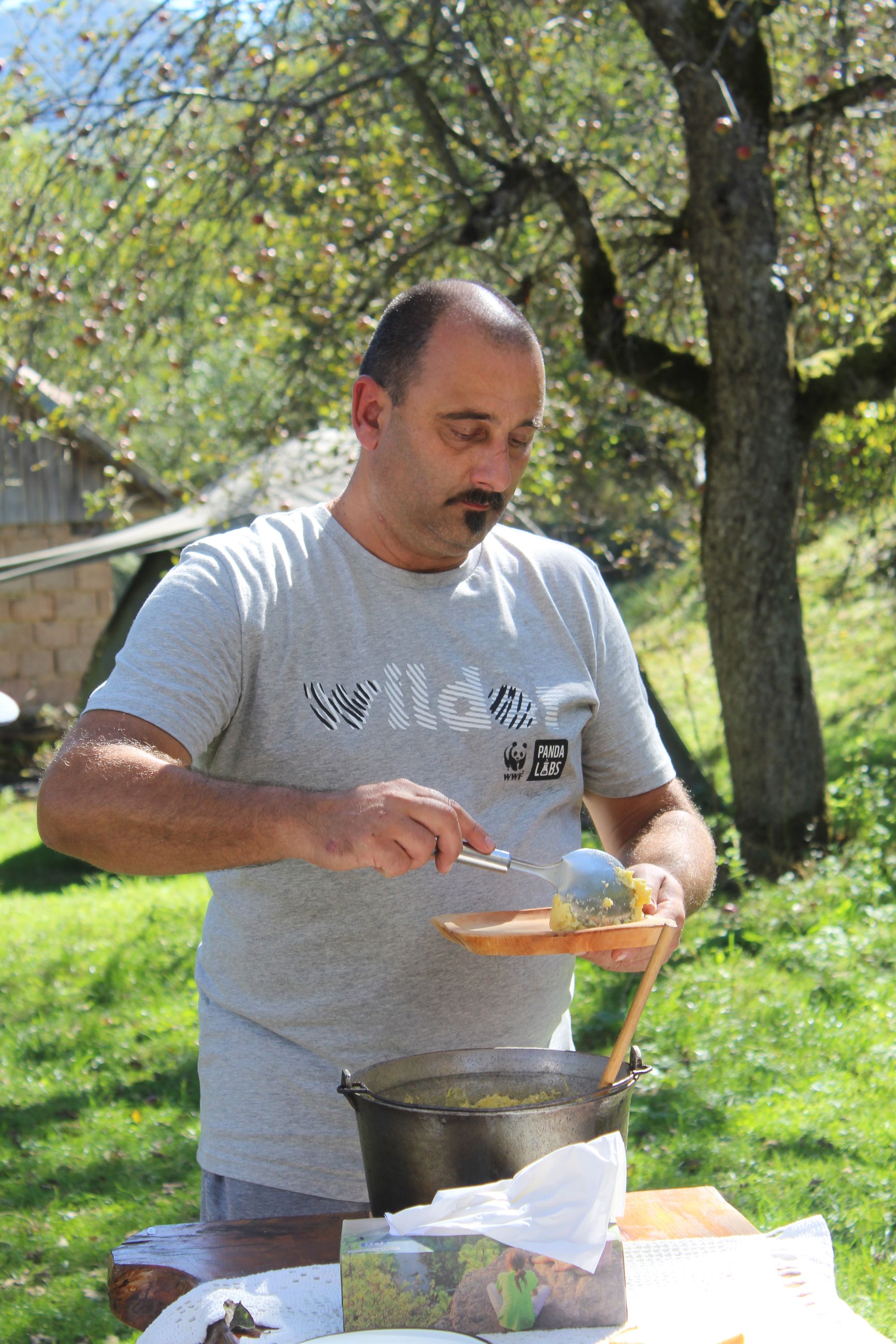
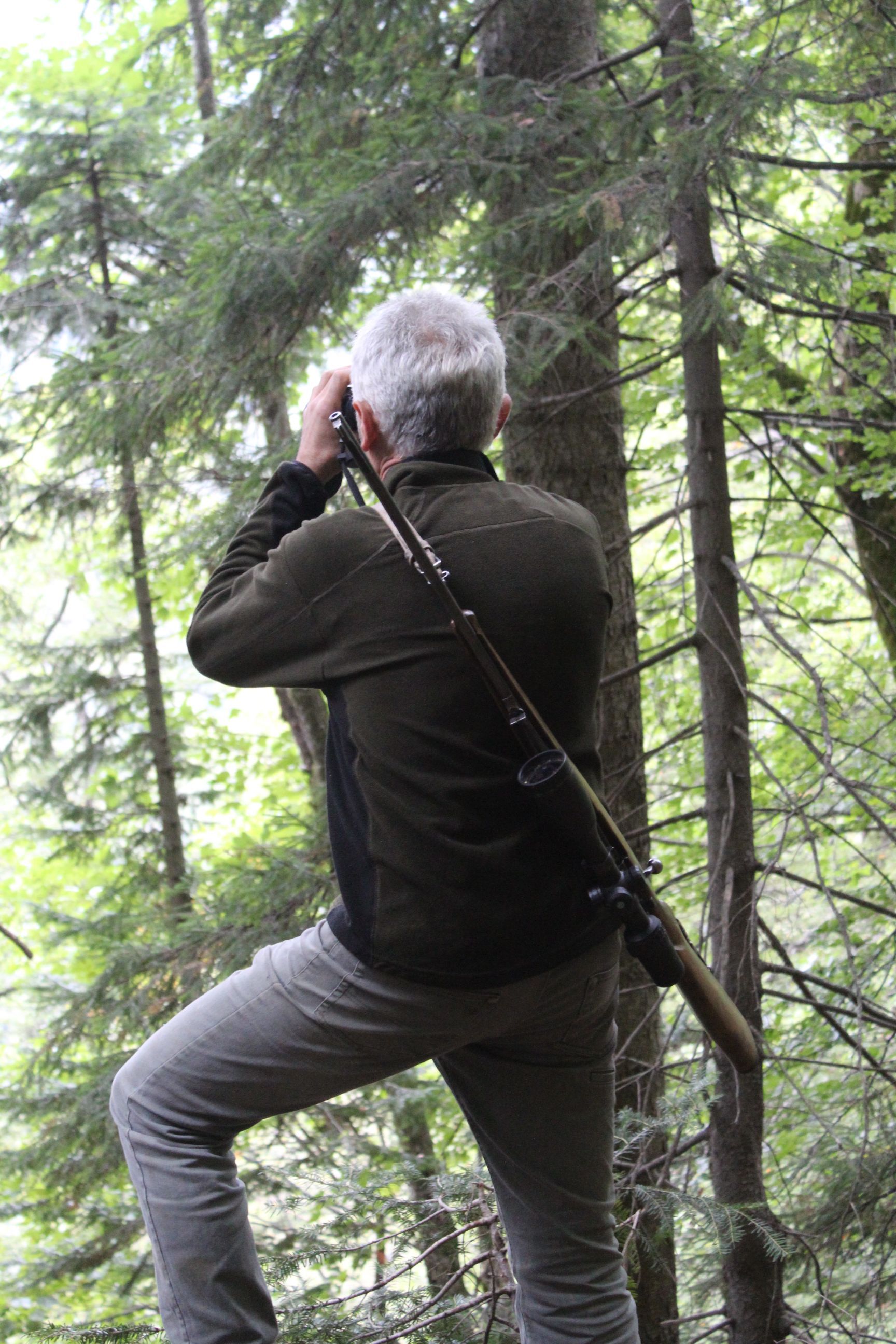
After a day out on the hiking trails, we reach our tented camp, where Matei and Georg join us for balmaş, a traditional Romanian meal made with locally-produced cheese and cornflour. We watch as a hunter, Bibi, cooks it up for us, whisking the cheese into something resembling a mouthwatering fondue. After the meal, Matei takes off in his 4x4, emblazoned with WWF and Rewidling Europe logos on the side, and a huge ‘Bison Ranger’ badge on the bonnet.
In the coming days, we’ll spot baby wildcats and foxes while hiking at night. We'll drink homemade schnapps in luxurious farmhouses and track chamois through virgin forests, led by locals seeing the benefits of a nature-based economy.
The first official phase of the bison project came to a close on 30 September 2021, just before I visited Armeniș. The second phase has now begun. Rewilding Europe say it will include “continued management and monitoring of the existing bison population to keep animals safe and healthy, as well as efforts that enable local people to derive even greater benefit from bison presence.” The species are truly back, and their impact is being felt from the towns to the trees.
Inspired? Check out our rewilding adventure holidays!

